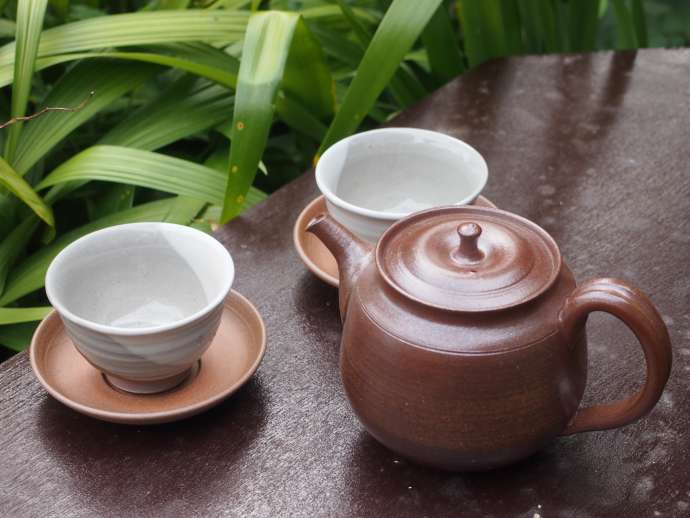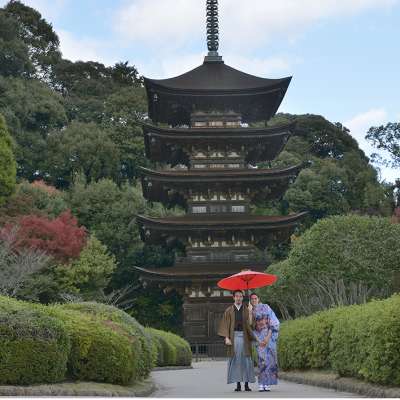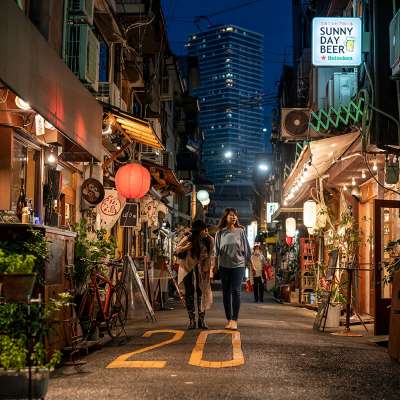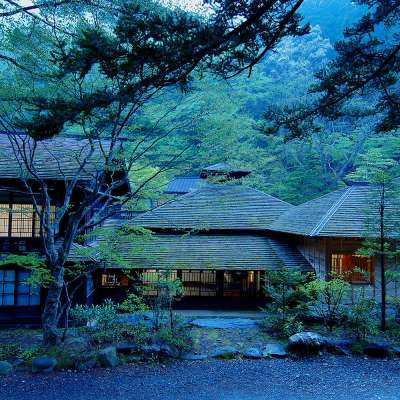-
- 简体中文
- 繁體中文(香港)
- 繁體中文(臺灣)
- India (English)
- Bahasa Indonesia
- 한국어
- ภาษาไทย
- Tiếng Việt
- Singapore (English)
- Philippines (English)
- Malaysia (English)
- Australia/New Zealand (English)
- Français
- Deutsch
- Italiano
- Español
- United Kingdom (English)
- Nordic countries(English)
- Canada (English)
- Canada (Français)
- United States (English)
- Mexico (español)
- Português
- العربية
- Japan(日本語)
- Global (English)
-
Destinations
-
Things to Do
-
Plan Your Trip
-
Articles
- JAPAN Monthly Web Magazine
- Tradition
- Arts & Cultures
- Cuisine
- Nature & Outdoor
- Shopping
- Relaxation
- Festivals & Events
- All
- Insider Blog
- Things to do
- Local Guides
- Outdoor
- Food & drink
- City life
- Culture
- Traditional
- Adventure
- Consumer
- All
Use the
Planning a Trip to Japan?
Share your travel photos with us by hashtagging your images with #visitjapanjp
Tokoname Pottery Footpath
HOME > Japan’s Local Treasures > Tokoname Pottery Footpath
Enjoy a leisurely walk through an historical pottery town, among brick chimneys and old kilns
Tokoname City

With a pottery tradition dating back to the 12th century, Tokoname in Aichi Prefecture is one of Japan's Six Ancient Kilns and is recognized as a Japan Heritage Site. Also home to the Chubu Centrair International Airport, the gateway to the Tokai region, Tokoname is a city where historical and modern coexist.

Tokoname still retains a unique atmosphere of brick chimneys and kilns, slopes piled with clay pipes and shochu bottles, and black-walled kiln houses, and has one of the most emotional and nostalgic landscapes in Japan. Take a walk along the Pottery Footpath to experience the charms of this quaint pottery town and explore backstreets lined with traditional houses and pottery studios. Enjoy shopping at the countless ceramic shops or stop for a break at one of the cozy cafes along the way.

The Pottery Footpath also leads to the INAX Museums, a museum complex consisting of six pavilions that offers a wide variety of enjoyable activities regarding pottery and clay. At the Kiln Plaza, you can visit a factory with a vast kiln inside, which used to produce stoneware pipes from the 1920s to early 1970s, and learn and experience the history of Tokoname’s ceramic manufacturing. In the Tile Museum, decorative tiles collected worldwide are on display, with over 7,000 items spanning from B.C. to modern times.
How to get there
About 5 minutes by Meitetsu train from Chubu Centrair International Airport to Tokoname Station. The Pottery Footpath is about 5 minutes on foot from Tokoname Station.
Tokoname-shi, Aichi-ken
Links
More Information
Tokai Region | JNTO Official Website
Aichi Prefecture | JNTO Official Website
Recommended article
- Home
- Japan’s Local Treasures
- Tokoname Pottery Footpath








































































